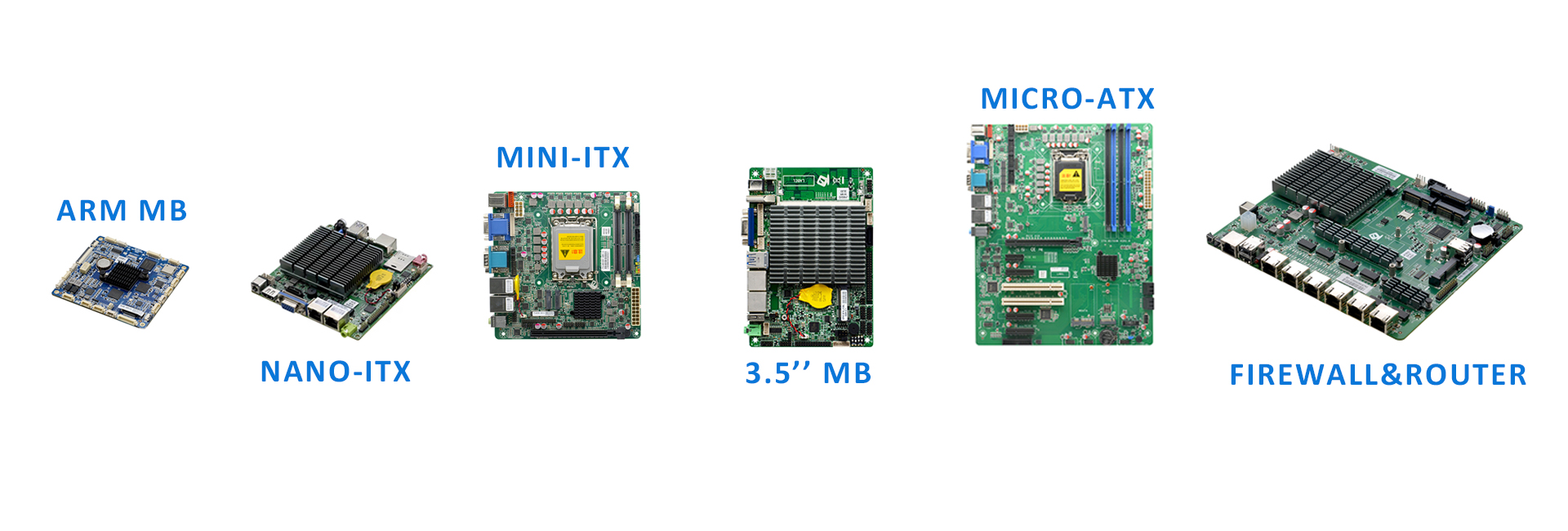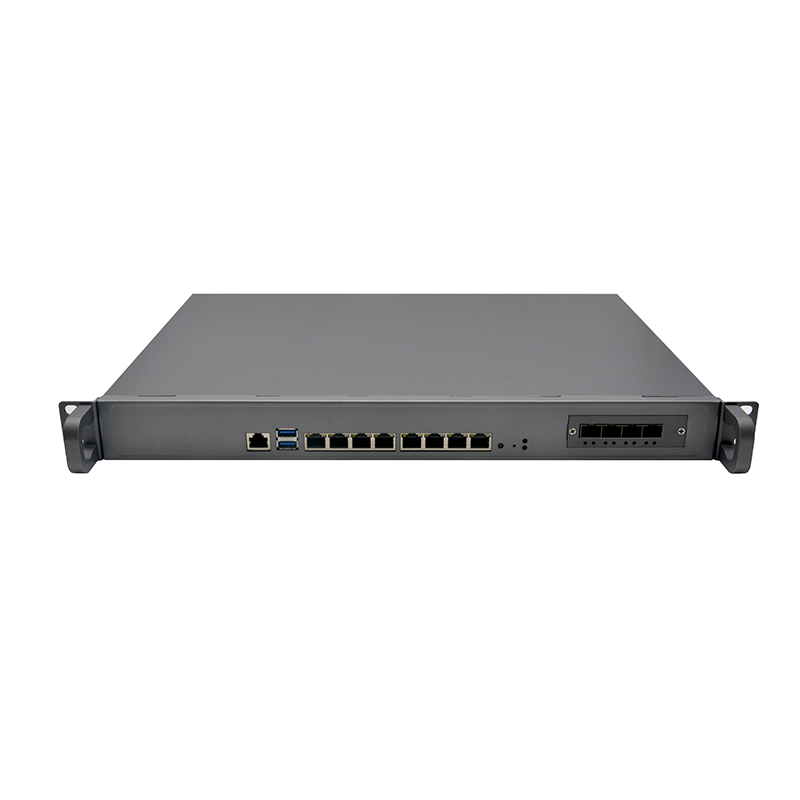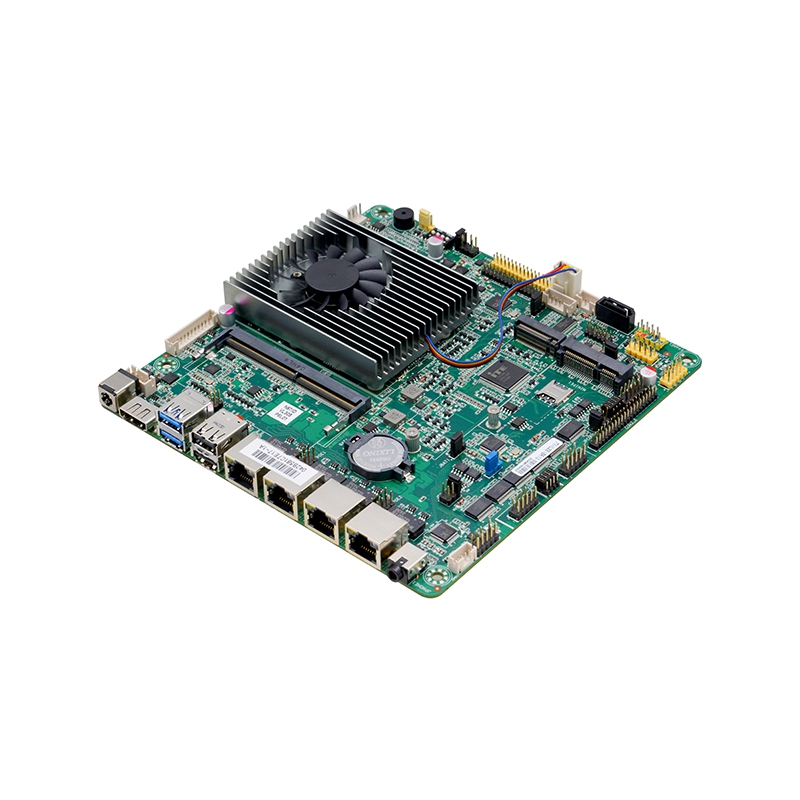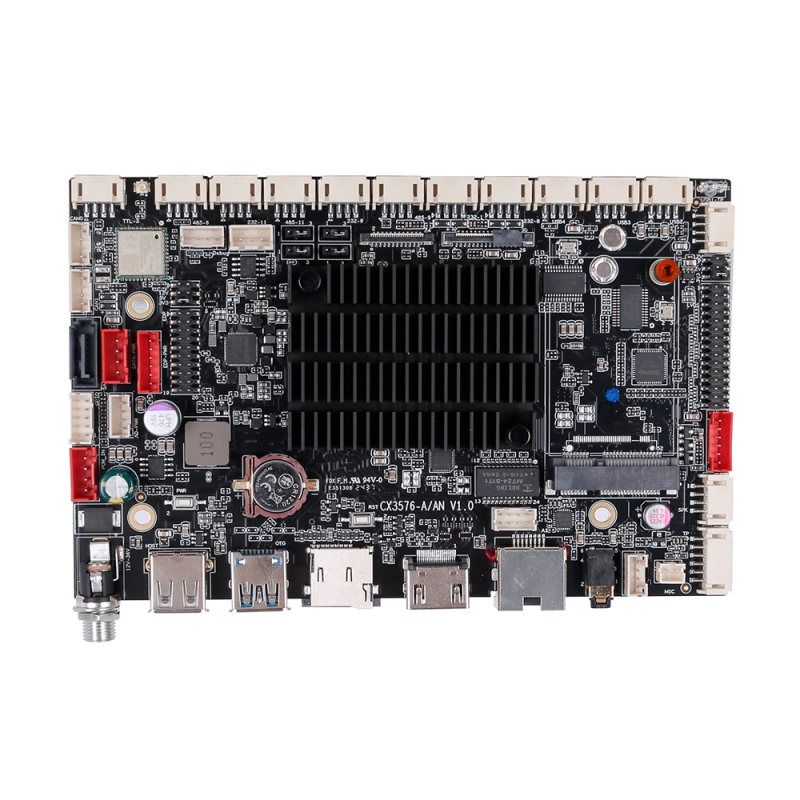The application of edge computing in the field of industrial automation is mainly reflected in the following aspects:
Data processing and analysis: In industrial automation, large amounts of data need to be processed. Edge computing can perform local data processing and analysis near the device, reduce data transmission time, and improve the real-time performance and response speed of the system. This helps improve production efficiency and reduce operating costs.
Equipment monitoring and troubleshooting: By using edge computing technology, each device can monitor and analyze its own status in real time, respond quickly and troubleshoot, thereby reducing system downtime and production costs.
Enhanced security: Traditional industrial automation systems often face security issues such as cyber attacks and data leaks. Edge computing technology reduces risks during data transmission and improves system security by processing and storing data locally near devices and sensing resources.
Production scheduling and optimization: Using edge computing technology, the factory production process can be scheduled and optimized in real time, thereby achieving goals such as high efficiency, energy saving, and environmental protection in the production process.
IoT device connection and control: Use edge computing technology to connect IoT devices and sensors to industrial equipment and systems to achieve intelligent and automated control of industrial equipment.

In general, the application of edge computing in the field of industrial automation helps improve production efficiency, reduce operating costs, enhance system security, optimize production scheduling, and realize intelligent and automated control of equipment. With the continuous development of technology, the application of edge computing in the field of industrial automation will continue to expand and improve.
Senbainno is committed to providing high-performance, high-stability motherboard products to industrial automation integrators. The product line covers 3.5-inch boards, Nano-ITX and various customized boards. The platforms include X86, ARM, and domestic platforms.





















 Teamas
Teamas